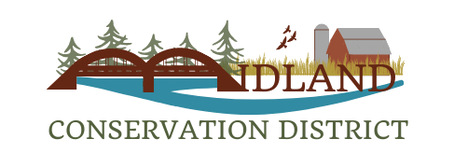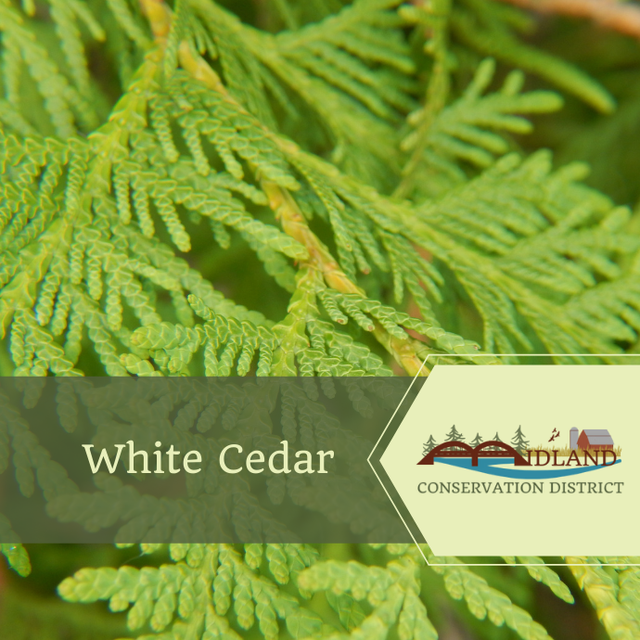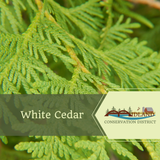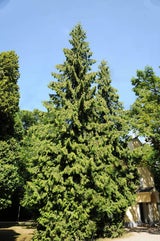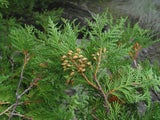- Coniferous Trees
- >
- Native Coniferous Trees
- >
- Cedar, White
Cedar, White
At a Glance
Latin Name: Thuja occidentalis
Zones: 3-7
Other common names: northern white-cedar, American arborvitae, arborvitae, eastern white-cedar, white-cedar, swamp-cedar
Mature Height/spread: Arborvitae (Tree of Life) can grow up to 40-50 ft with a spread of 10-15′. Slow to medium growth rate average 13-24″ per year in ideal conditions.
Soil / Climate: White Cedar enjoy limestone soils, moist, boggy areas, is tolerant of acidic and alkaline soils. Full sun. Partial shade is tolerated but plants become thin, open and much less appealing. Does well in cold climates.
Notes: An evergreen tree with fan-like branches and scaly leaves. Conical shape, dense lumber is prized for its resistance to rot. Can be single-or multi-trunked. Has light brown or reddish-brown oblong blunt tip cones that are 3/8 -1/2″ in diameter. White cedar is commercially used for rustic fencing and posts, lumber, poles, shingles and in the construction of log cabins. Good for hedges, screens and windbreaks: place seedlings three feet apart for a tight hedge.
The White Cedar can live up to 800 years old and contains a great deal of Vitamin C in its foliage.
Wildlife: Often browsed by deer. Cover and nesting for birds. Seeds are eaten by squirrels and birds.
-Wetland tolerant, preferred habitat
-Provides habitat for deer
Transplant Purchase Size: 12-18 in.
Seedling Size: 6-12 in.
USDA NRCS Species Information
